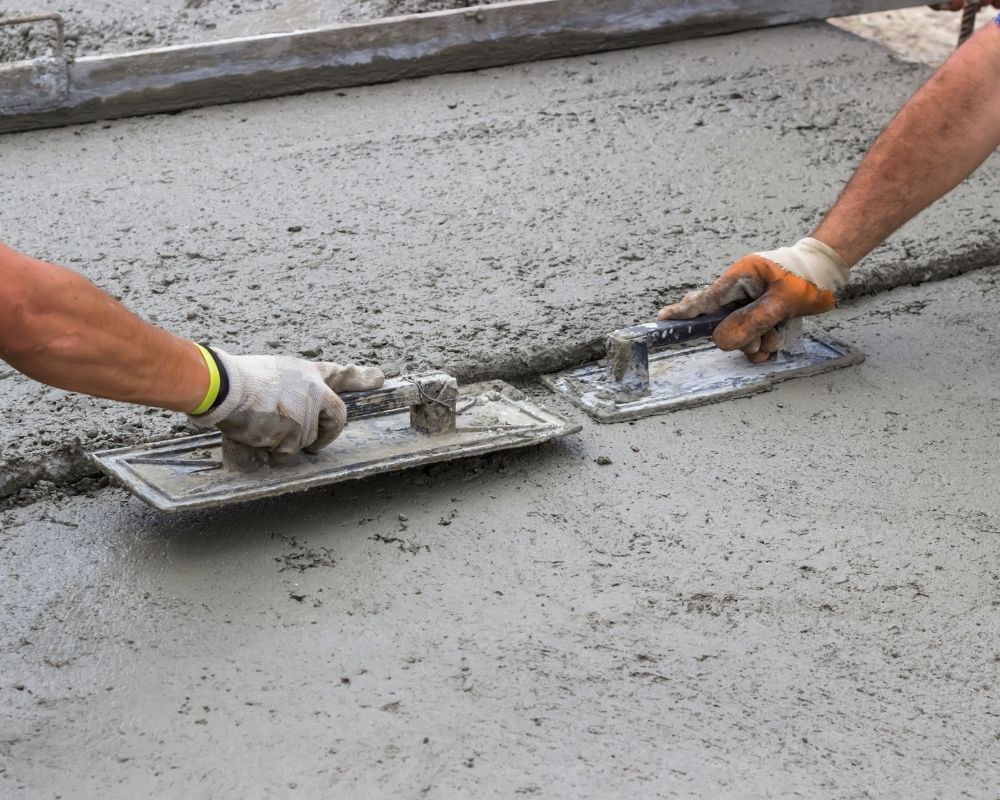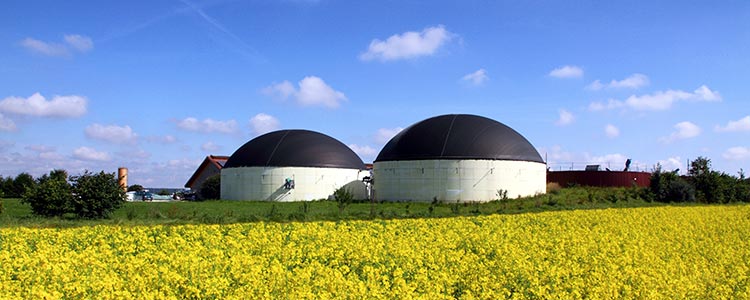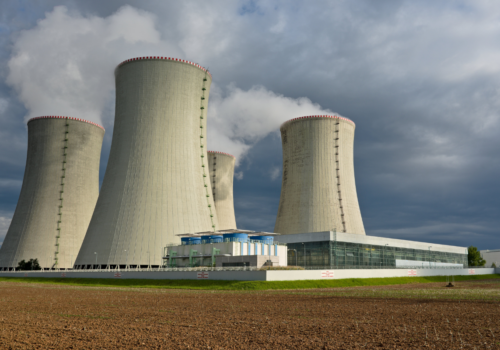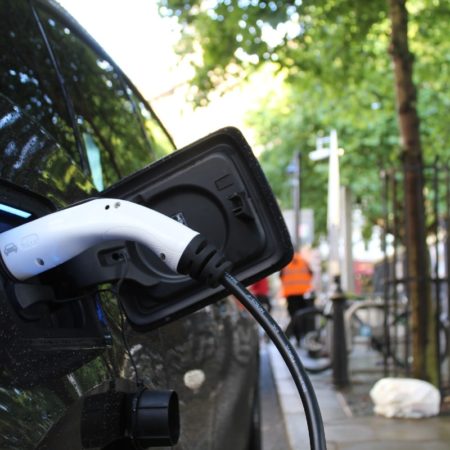The UK concrete and cement industry recently launched its Roadmap to Beyond Net Zero, setting out how the sector will not only achieve net zero greenhouse gas emissions but go beyond this to become carbon-negative. Cement has always been one of the hardest-to-abate industries, so this ambitious plan would represent serious progress on the UK’s national path to net zero.
The roadmap, published by UK Concrete this month, identifies seven “levers for change” that are required to get the industry to this point. Some will lead to bigger carbon savings than others, but going beyond net zero requires serious action and investment in all seven areas. What are they?
1. Electricity
The concrete industry’s main use of electricity is in the quarrying and preparation of raw materials. The roadmap forecasts modest CO2 reductions from this lever: around 4%. Using carbon-neutral electricity sources for this work would be a step forward, but the real carbon-cutting potential is in the possibility of electrifying more processes.
In February the Mineral Products Association (of which UK Concrete is a part) secured a £6m grant from the UK government to research the possibilities of greener technology in cement and lime production. One of the possibilities of being trialled is the use of electrical plasma energy in cement manufacturing.
2. Transport
The concrete industry’s plan for decarbonising its transport involves a mix of sensible and fairly obvious measures: moving away from petrol and diesel, investing in more efficient vehicles, and reducing road transport miles, both through more efficient journeys and a modal shift to rail. The roadmap estimates that this could cut about 7% of the industry’s CO2.
3. Materials design
The roadmap estimates that redesigning the concrete mix could save 12% of its emissions, but this is a complex issue. It’s not just because of the huge range of possible mixes (one Korean study analysed 800 possible concrete mix designs) but also because the same mix on paper could have different emissions in practice, depending on the origin and composition of the materials used.
UK-based Ibstock Concrete is one manufacturer making strides in the development of low carbon cements and concrete mix designs. In partnership with Lafarge Cement, Ibstock has introduced SustainaCem into its concrete roof tiles – resulting in a product containing 15% lower carbon cement.
4. Fuel switching
The main ingredient of cement is a substance known as clinker, and producing clinker is the main source of carbon dioxide emissions for the industry. They are emitted in two ways: from the chemical reaction between the raw materials that create clinker and from the fossil fuels burned to heat them in order to cause that chemical reaction.
The industry has been moving away from fossil fuels in the heating process for some time, and 43% of the fuel used in heating is now from waste, waste biomass and waste part-biomass fuels. The roadmap calculates that the availability of biomass wastes would allow them to increase this to 70%.
The Mineral Products Association is also trialling the feasibility of replacing natural gas as a heat source with hydrogen. This trial is running alongside the trial of electrical plasma energy and the results will be out in the spring.
The roadmap estimates that moving away from fossil fuels as much as possible will cut about 16% of the industry’s emissions.
5. Carbon capture, usage, and storage (CCUS)
This lever of change is described in the roadmap as “transformative”, with the potential to take the industry beyond net zero and through to negative emissions. It could reduce emissions by 61%, which is a saving of nearly 400 kilos of CO2 per tonne of cementitious material.
One recent example of a CCUS technology is being pioneered by US concrete firm Solidia, who uses carbon dioxide to harden cement into concrete (a process called curing). They are planning to use other industries’ waste CO2 for their curing processes and will be choosing the location of future plants with this in mind.
 6. CO2 absorption
6. CO2 absorption
Concrete actually has the potential to absorb CO2, through a process called carbonation. This naturally happens when the calcium hydroxide in the cement paste reacts with the carbon dioxide in the air. This is part of the corrosion process and used to be seen exclusively as a bad thing, but now carbonation is recognised in UK accounting of greenhouse gases and is expected to allow the concrete industry to cut a further 12% of its emissions.
7. Thermal mass
The clever design of buildings can take advantage of concrete’s ability to absorb, store and release heat, a property known as thermal mass. The roadmap estimates that if concrete’s thermal mass was fully utilised, this could save a lot of energy spent on heating and cooling buildings. This works out as a 44% reduction in emissions from the concrete and cement industry (from a 2018 baseline).
Concrete is second only to water as the most consumed substance on earth. If this roadmap sets the UK on the way to decarbonising its concrete production, this doesn’t just help us make progress on our own net zero goals; it forms a template for other countries to follow, which has the potential to bring about big reductions to emissions globally. But to see this happen, all seven levers for change must get enough investment and support to succeed.





 6. CO2 absorption
6. CO2 absorption



















